(February, 2012)
by www.elizabethan-era.org.uk
The range of colors used for producing expensive clothes were produced by complicated dyeing processes. Expensive fabrics were imported from abroad. The dyes used for coloring these clothes were expensive. The red dye used to produce deep crimson or bright scarlet came from a insect found in the areas of the Mediterranean. The brightest or darkest colours were more expensive to produce and therefore limited to higher status clothing. The color and its brightness helped determine the dye's value. The lower classes wore colors of yellow, russet (a reddish brown color), orange, green, pale blue and pink. The production of dyes was a time consuming and often unpleasant process. The demand for dyes increased and in 1472 King Edward IV had incorporated the Dyers' Company of London. By the early 1500's France, Holland and Germany had begun the cultivation of dye plants as an industry - contributing to the 'unnecessary foreign wares' being imported to England and a reason for the Sumptuary Law of Queen Elizabeth 1.
Cheap Dye used for coloring cloth during the Elizabethan Era
All of the dye used for coloring fabrics in the Elizabethan era were produced from natural sources. The four major cheap dyes used for coloring cloth during the Elizabethan era were called woad, madder, lichen and weld.
 |
Woad was a European herb (Isatis tinctoria) of the mustard family grown for the blue dyestuff yielded by its leaves - cultivated as a source of blue dye. |
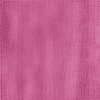 |
Madder was a European herb (Rubia tinctorum) the root of which was used in dyeing cultivated as a source of red dye. |
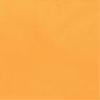 |
Weld was a European plant (Reseda luteola) cultivated as a source of yellow dye - also called dyer's rocket, dyer's mignonette and also known as dyer's broom |
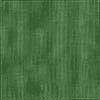 |
Lichen - A plant of the division Lichenes which occur as crusty patches or bushy growths on tree trunks or rocks or bare ground etc - a source of green dye |
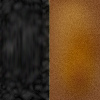 |
Black walnut, Oak galls, or iron oxide (rust) was used to obtain brown, black, and grey dye. |
Production of Cheap Dye
 |
 |
 |
 |
 |
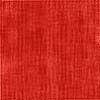 |
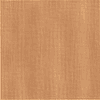 |
 |
 |
 |
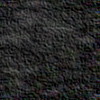 |
Additional colors appropriate for peasant and merchant class
To produce varying colors the fabric was heated with the dye. Other elements were added to the dyes to produce a variety of different colors. These included wine, salts, shells, mosses, sheep urine, lentils, fungus, vinegar, wild cucumber, walnut, oak galls, insects, iron oxide (rust), barley malt, plants, barks, roots, berries and flowers. Many dyes, such as woad, were produced by being composted with manure. The smell was revolting!
Expensive Dyes used for coloring cloth during the Elizabethan Era
All of the dyes used for coloring fabrics in the Elizabethan era were produced from natural sources. Some of the mordants were non-organic like copper salts, iron oxide, and sulphates. But the expensive dye had to be imported, at great cost, from abroad.
- These expensive dyes included:
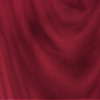 |
The source of the dye for Tyrian Purple was made in Tyre, Lebanon by crushing thousands of sea shells - Mediterranean Murex |
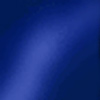 |
The source of the dye for Indigo, the deep, rich dark blue was from the indigo plants and the dye was imported from India |
 |
The source of the dye for Crimson cloth was cochineal from the bodies of the Cochineal insects of Central America produced by the Aztecs |
 |
Another, older, source of the dye for crimson and bright scarlet cloth was Kermes a Mediterranean insect. |
 |
The colorfast yellow dye produced from saffron, the dried stamen of an oriental crocus |
References Elizabethan Era A comprehensive site on the history of England in the Elizabethan Era including clothing, food, music, and sports.
|
If you want to add this article to your list of favorites or email it to a friend, please use this permanent URL, https://stores.renstore.com/-strse-template/1202A//Page.bok. Permission is granted by the author to quote from this page or use it in handouts as long as you include a link back to Renstore.com. |
|
| Next Article |
|
